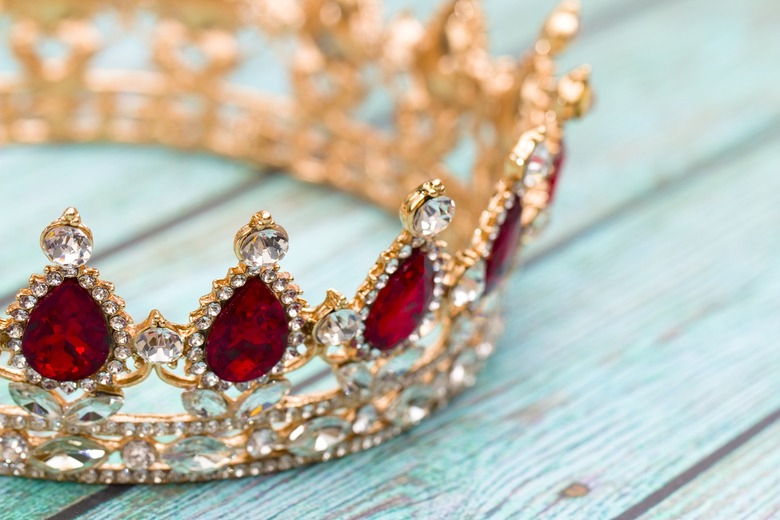The Royal Family Hid Its Gems In A Cookie Tin During World War II
During World War II, the British Royal Family's crown jewels were hidden away in a location that has long been a secret — even to Queen Elizabeth II, who was then a young princess. But thanks to the new documentary The Coronation, the cat is finally out of the bag.
Contrary to popular belief, Britain's priciest baubles weren't locked away in a vault in Canada or a cave in Wales. As precaution against a possible Nazi invasion, King George VI stored them inside an unassuming container: a Bath Oliver cookie tin buried 60 feet under Windsor Castle's Sally Port.
Here, excavators built two steel chambers, where the tin was tucked away. But workers had to cover the dig at night in order to remain undetected by German pilots flying overhead.
According to The Washington Post, the container's contents included two ginormous diamonds cut from the Cullinan Diamond (the largest gem-quality rough diamond ever found) — the Star of Africa, a 530-carat jewel on the queen's scepter, and the Second Star of Africa, a 66-facet, 314-carat diamond given to King Edward by the South African government — along with the Stuart Sapphire, which was prominent on the crown of Queen Victoria, and the Black Prince's Ruby, a 170-carat spinel worn by English monarchs since Henry V.
The Coronation aired in the U.S. January 14 at 8 p.m. on the Smithsonian Channel. For more British royalty trivia, here are fun food facts about the queen, Prince Philip, and Prince Charles.
